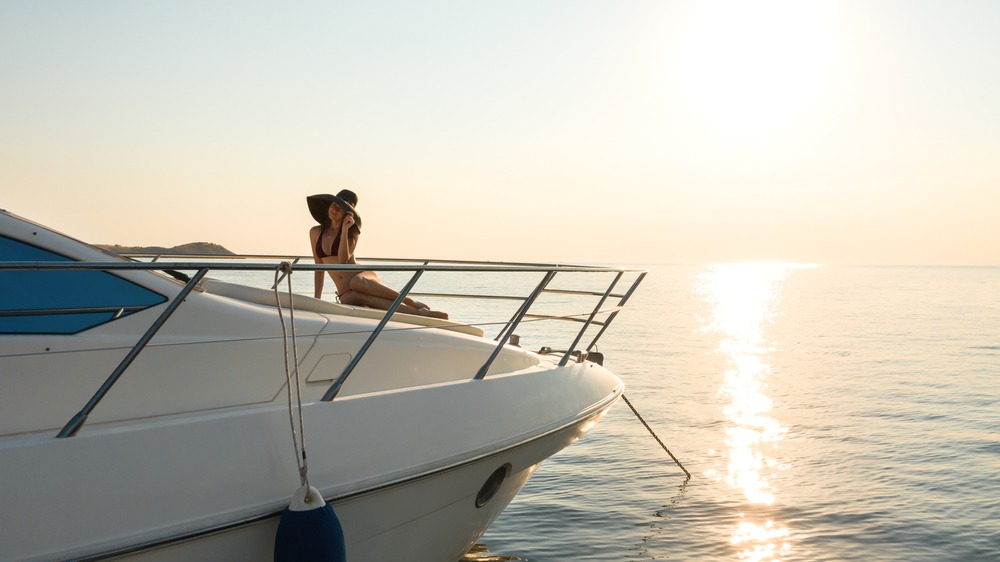How to Make Safe-to-Drink Water with Marine Watermakers

Only roughly 3% of water on Earth is safe to drink. Of that, only about 1% is easily accessible – the rest is trapped in glaciers and snowfields. When you’re deep at sea enjoying a day of boating, it is impossible to find potable water short of any that you brought with you. Fortunately, technology exists in the form of boat watermakers that can transform the saline water surrounding you in the ocean into safe-to-drink water! Read on to discover how marine watermakers make this process happen.
First, water comes directly from the ocean through a through hull. As the name suggests, a through hull is an opening in the hull of the boat that allows you to accumulate saline water. Commonly, other features of boats also require through hulls, such as sinks, toilets, and engines. The through hull not only allows saline water to enter your boat watermaker, but it also provides the discharge with an avenue of escape.
After entering the watermaker via the through hull, saline water is then filtered through a strainer. This strainer serves to remove the big particulate from the ocean water before it goes through the pump. Next, the saline water will then pass through a series of filters that remove other smaller contaminants, such as waste from sea life. At this point, the water is slightly cleaner, but it is still very salty and dangerous to drink.
Then, the saline water will pass through a membrane where the process of reverse osmosis will be completed. In most cases, this dense membrane is designed to allow only water to pass through while preventing the passage of solutes, such as salt ions. This process requires that a high pressure be exerted on the high concentration side of the membrane, which is exerted from a high-pressure pump. Depending on the quality of the water (e.g., brackish water or ocean water), the pressure in the water may be taken up to anything between 400 to 1000 psi.
As reverse osmosis takes its course, salt and particulates will finally be removed from the water. The salty discharge will exit the boat via the through hull, while the fresh water stays inside. Then, before storing it in your tanks, you must still test the water to ensure that the purification process removed all the contaminants. Test the water for any traces of minerals. If the water is potable, then you can proceed with filling your tanks! If you are still picking up traces of contaminants in your water, then you may need to have your marine watermaker inspected.
The reverse osmosis membrane is a delicate piece of equipment that requires constant care. After each use of your watermaker, as well as once a week, flush the membrane with fresh water. Chemicals and contaminants can harm the membrane, so make sure to only use desalinated water.
With a boat watermaker, all it takes is one flip of a switch to fill up your tanks with safe-to-drink water. Yacht-Mate is your leading choice to find the ideal watermaker for your boat. For 20 years, we have provided the marine industry with the purest, highest quality drinking water. Just give us a call to learn more!

No comment yet, add your voice below!